cam.pack#
Fabex ‘pack.py’ © 2012 Vilem Novak
Takes all selected curves, converts them to polygons, offsets them by the pre-set margin then chooses a starting location possibly inside the already occupied area and moves and rotates the polygon out of the occupied area if one or more positions are found where the poly doesn’t overlap, it is placed and added to the occupied area - allpoly Very slow and STUPID, a collision algorithm would be much much faster…
Functions#
|
Rotate a polygon's coordinates around a specified point. |
Pack selected curves into a defined area based on specified settings. |
Module Contents#
- s_rotate(s, r, x, y)[source]#
Rotate a polygon’s coordinates around a specified point.
This function takes a polygon and rotates its exterior coordinates around a given point (x, y) by a specified angle (r) in radians. It uses the Euler rotation to compute the new coordinates for each point in the polygon’s exterior. The resulting coordinates are then used to create a new polygon.
- Parameters:
s (shapely.geometry.Polygon) – The polygon to be rotated.
r (float) – The angle of rotation in radians.
x (float) – The x-coordinate of the point around which to rotate.
y (float) – The y-coordinate of the point around which to rotate.
- Returns:
A new polygon with the rotated coordinates.
- Return type:
shapely.geometry.Polygon
- pack_curves()[source]#
Pack selected curves into a defined area based on specified settings.
This function organizes selected curve objects in Blender by packing them into a specified area defined by the camera pack settings. It calculates the optimal positions for each curve while considering parameters such as sheet size, fill direction, distance, tolerance, and rotation. The function utilizes geometric operations to ensure that the curves do not overlap and fit within the defined boundaries. The packed curves are then transformed and their properties are updated accordingly. The function performs the following steps: 1. Activates speedup features if available. 2. Retrieves packing settings from the current scene. 3. Processes each selected object to create polygons from curves. 4. Attempts to place each polygon within the defined area while avoiding overlaps and respecting the specified fill direction. 5. Outputs the final arrangement of polygons.
